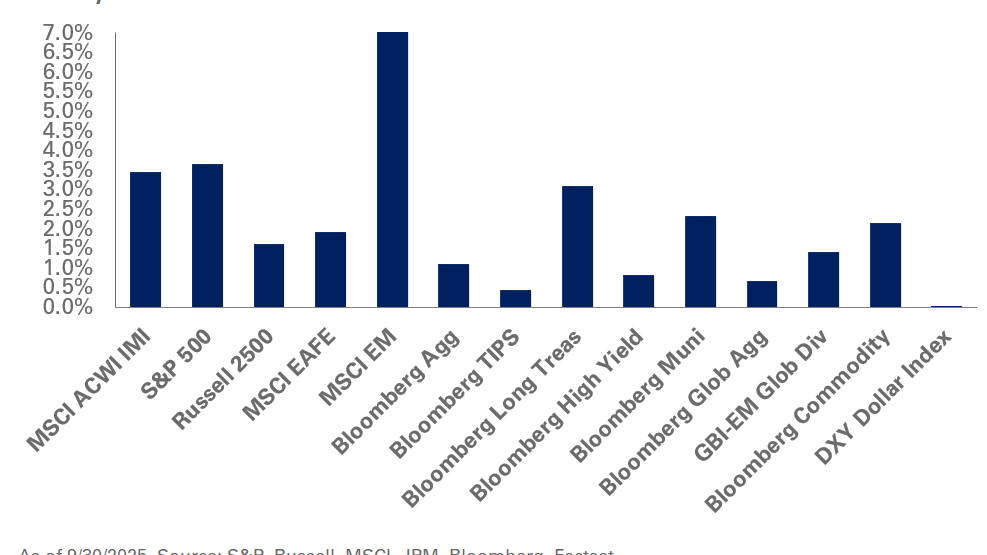At NEPC, the purpose of our Endowments and Foundations practice is to empower our clients with solutions to their complex investment and financial needs. Often times, our best ideas are a result of collaboration and sharing of viewpoints across different teams within the firm. To that end, we recently extended this spirit of partnership and exchange of ideas to our clients, bringing them and their peers together virtually in a series of roundtables to discuss their challenges and resolutions in these tumultuous and uncertain times.
This discussion is centered on community foundations, public charities focused on bettering defined local geographic areas through grants to support nonprofits in their communities. We present below the highlights from the roundtable.
Imminent Challenges: Managing Cash Flows and Work-From-Home Procedures
Community foundations have deftly met the challenges of 2020, which include preparing protocols to work remotely and managing an increase in cash flows. In March, they redirected grants to counter the fallout from COVID-19. Come May, they focused on issues around race as the death of George Floyd underscored the systemic racism and inequities still prevalent in the United States.
In the near term, a large impact on day-to-day operations stems primarily from the high volume of transactions foundations are processing. This elevated level is especially applicable to donor-advised funds (DAFs) and current and new donors giving to community foundations. DAFs—donor-directed funds—are seeing a sharp uptick in new recommendations and requests to send donations; new recommendations are new organizations that a donor would like to direct funds to and a community foundation has committed to vet and include on its platform. The increased level of releasing donations results in an outflow of cash for community foundations.
In addition, community foundations—especially the smaller-sized ones—typically partner with other not-for-profit organizations to pool their endowment assets. As a result, their partners’ endowment policies will affect their cash flows as well.
For their discretionary funds, none of the participants voted to explicitly increase their spending rate. Two community foundations had an interesting approach to releasing emergency funds; their strategy involved changing the pattern of cash flows, rather than increasing the spending rate (more details in the Innovation section).
Preparing for the Future
Moving forward means continued community leadership, innovation and preparation. A community foundation not only seeks to meet the needs of its community, but also to anticipate these needs. To that end, these organizations are striving to lay a strong foundation that they can build on in a post-COVID-19 world.
In our discussion, when talking about the future, the following points were highlighted:
- The power of information: One foundation identified racial equity as a goal in the earlier part of the last decade. To achieve this, it wanted to focus on academics and creating opportunities. It believed that collecting certain key metrics and providing unbiased information would appeal to its diverse board of trustees. Over the course of the last 10 years, its mission was bolstered by objective data and community leadership. Its findings ultimately changed the way the community foundation directed discretionary dollars, making its spending more impactful.
- The power of flexibility: Another foundation, not anticipating a market downturn, saw a need to develop a reserve fund to increase flexibility around its discretionary funds. This governance change proved to be timely as COVID-19 hit just as the organization finished raising $1 million. The additional funds provided flexibility in getting aid to the community. The foundation was able to survey its community to determine where funds were needed immediately and ended up releasing three rounds of funding based on its findings.
- The power of planning: A major challenge while preparing for the future is reconciling long-term strategy of community development with the need to bring about impactful change in the near term. This also requires a shift in focus from funding initiatives to fundraising to meet long-term needs. Today, community foundations are trying to solve for how to communicate the need to support and sustain a strategy that may not be responding to the near-term changes in its communities.
Innovation
We discussed earlier the impact of working from home and managing higher levels of cash flow, and the resulting technology needs. Outside of processing transactions, working from home meant that the normal operations of grantmaking and fundraising were challenged. The group discussed best practices in engaging key audiences—donors and patrons—with the new COVID-19-induced restrictions in place.
One engagement strategy focused on the ease of donating and enabled donors to simply text their donations; this option drew the highest number of donations (large and small) in a month that the foundation processed. Another engagement strategy: podcasts and webinars to involve donors and partners. Both strategies were about being able to speak directly to donors and partners despite the challenge of various stay-at-home orders. The importance of connecting and providing leadership was a top priority for these organizations which are often at the epicenter of the challenges in their own communities.
Meanwhile, innovations related to managing cash flows focused on the ability to release emergency aid. One community foundation voted to increase the spending rate for a 90-day period, where donors could use the next year’s spending in the current year. While inventive, many large donors were concerned about the impact the move would have on spending for 2021; most community foundations opted to maintain the current spending policy. Another foundation is releasing semi-annual spending early; so, instead of one payment in July and one payment in December, this foundation opted to advance the payments to April and June.
Key Findings
From our conversation, it is clear community foundations were well prepared for the challenges of 2020. It seems that years of planning and consideration paid off, as they were able to act quickly, survey for needs, and respond to their community.
The speed at which they needed to pivot provided a glimpse into a future which involves juggling varied demands and ensuring the sustainability of their mission. Community foundations are grappling with how to fund near-term initiatives, while ensuring the future longevity of their organizations through long-term fundraising efforts.
A consideration for the future may be that community foundation investment portfolios will need to incorporate more explicit liquidity allocations to adapt to shifting demands on cash flow. Our participants noted that while they had successfully raised money in this period, much of those donations were targeted and going out the door quickly. Together, with donor-advised funds, this may mean the call-option on cash demands increases over time for community foundations, making it necessary for these organizations to plan for additional liquidity.



